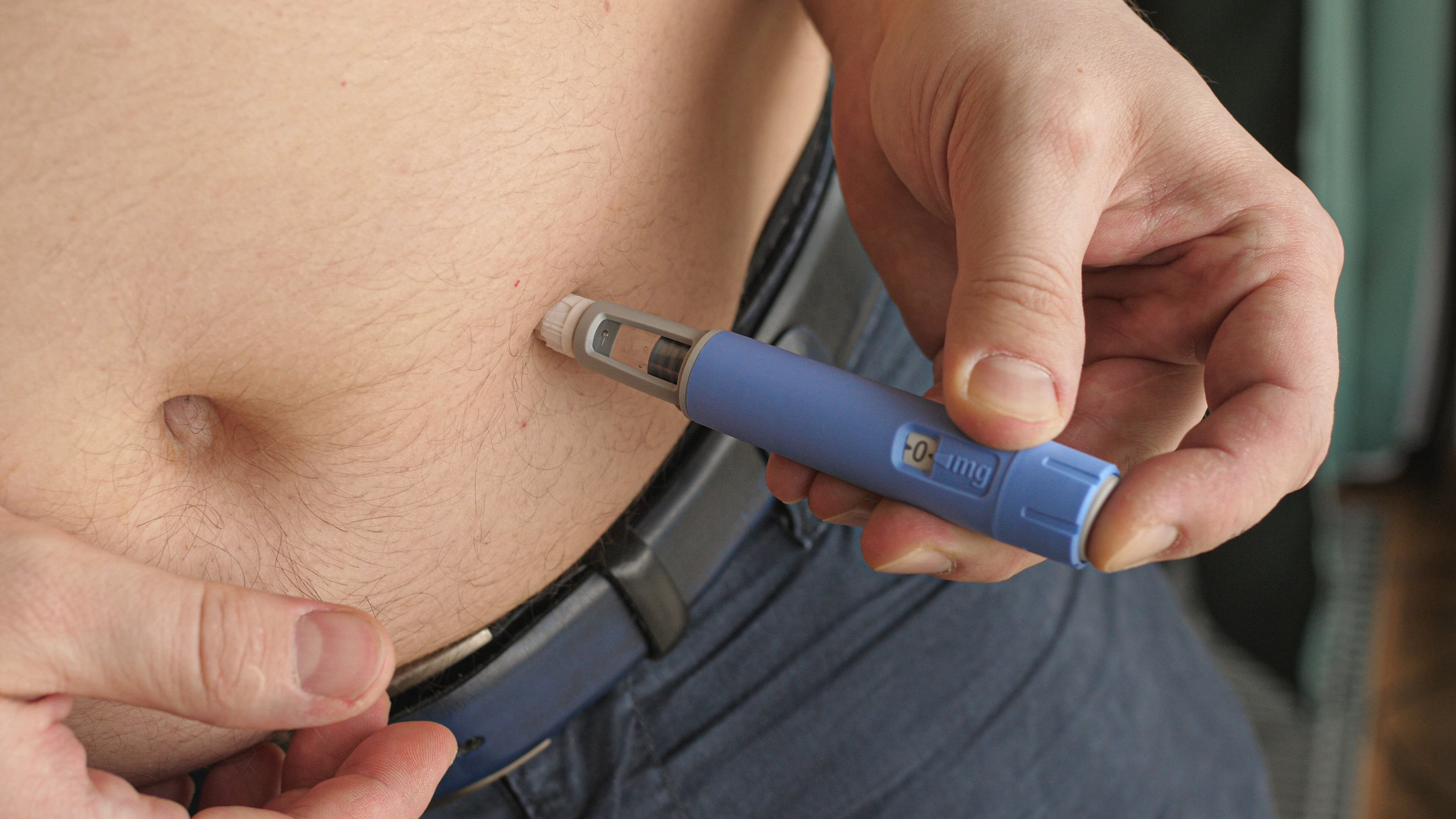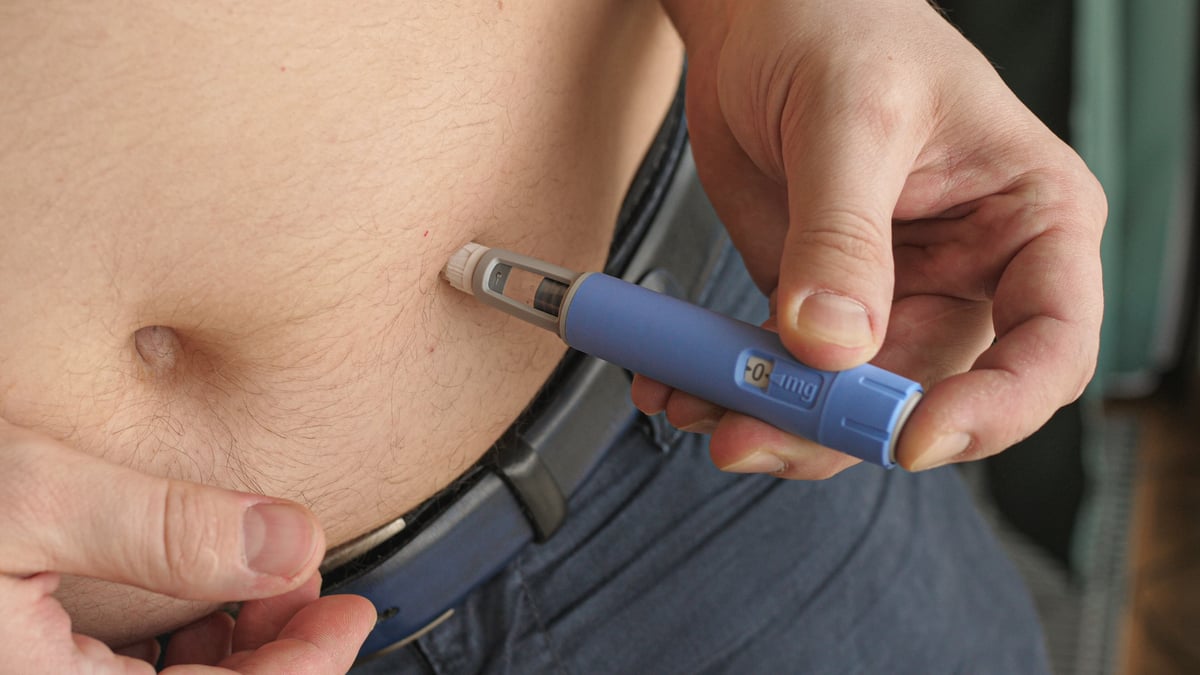Eli Lilly (LLY 0.41%) is a leader in one of the pharmaceutical industry's highest-growth markets: weight loss drugs. This market may increase by 16x from today's size to reach $100 billion by the end of the decade, according to Goldman Sachs Research. And right now, Lilly's two drugs prescribed for weight loss patients -- Mounjaro and Zepbound -- are bringing in billions of dollars in revenue.
But Lilly isn't alone in the market, and in the coming years, this space could become more crowded. Today, Lilly competes with Novo Nordisk, and in the future, companies like biotech giant Amgen and smaller biotech Viking Therapeutics to big pharma company Pfizer could enter the market with rival products.
These players, as well as many others, are studying candidates in clinical trials right now. But my prediction is that even when stronger competition is present, Lilly will continue to dominate this billion-dollar market -- and for one key reason.

Image source: Getty Images.
Mounjaro and Zepbound
First, let's take a quick look at why Lilly's drugs and others of the same class are so popular. Mounjaro and Zepbound are the same drug -- tirzepatide -- but Mounjaro is officially approved for type 2 diabetes, while Zepbound is approved for weight loss. However, doctors have prescribed them both to patients trying to lose weight.
There are a couple of reasons for this: Mounjaro was commercialized first, so for a time, it was the only option from Lilly. And drug shortages have been frequent, so doctors and patients had to go with whatever was available.
Mounjaro and Zepbound are dual GIP and GLP-1 receptor agonists -- they act on two hormones involved in controlling blood sugar levels and appetite. Novo Nordisk makes similar drugs, but they stimulate only the GLP-1 pathway instead of the two, like Lilly's drugs.
In any case, both have produced great results in clinical trials and the real world, and that's why doctors and patients have created demand that has surpassed supply at certain times. Since the shortages, Lilly and Novo Nordisk have taken steps to increase production -- and Lilly has invested $18 billion in manufacturing since 2020 to address the problem and generally strengthen its production abilities.
Now let's move on to my prediction. I think Lilly will dominate this market over the long term despite competition, thanks to its late-stage pipeline. Though others are working on similar drugs in pill form (today's GLP-1 drugs and dual GIP/GLP-1 drugs are injectables) -- Lilly is a step ahead of them all from a timeline perspective.

NYSE: LLY
Key Data Points
Two potential weight loss drugs on the horizon
Today, Lilly's orforglipron, a GLP-1 receptor agonist in pill form, is in phase 3 studies. The company also has another candidate in phase 3 -- an injectable called retatrutide. This potential drug could provide superior performance to today's treatments since it acts on three hormones: GIP, GLP-1, and glucagon.
With orforglipron, Lilly may offer patients the convenience of a pill rather than an injection. With retatrutide, Lilly offers the possibility of even stronger efficacy than what we've seen from today's drugs in the same class.
On top of this, Lilly has the first-mover advantage from a marketing and production perspective. Doctors and patients already are familiar with Mounjaro and Zepbound, and if they've had good experiences with those drugs, they may opt for another Lilly treatment. Newer patients may be more willing to go for Lilly's drugs after hearing so many success stories about them in the media.
As for production, as mentioned above, Lilly has been investing in more and more capabilities for quite some time. A newer entrant to the market will need time to ramp up production, distribute its product, and win over doctors and patients.
All of this means I'm optimistic about Lilly's future in this market, even as competition grows. I predict that this pharma giant will continue to hold onto its lead -- and that's great news for investors who get in on the shares today and stick with this story for the long term.





